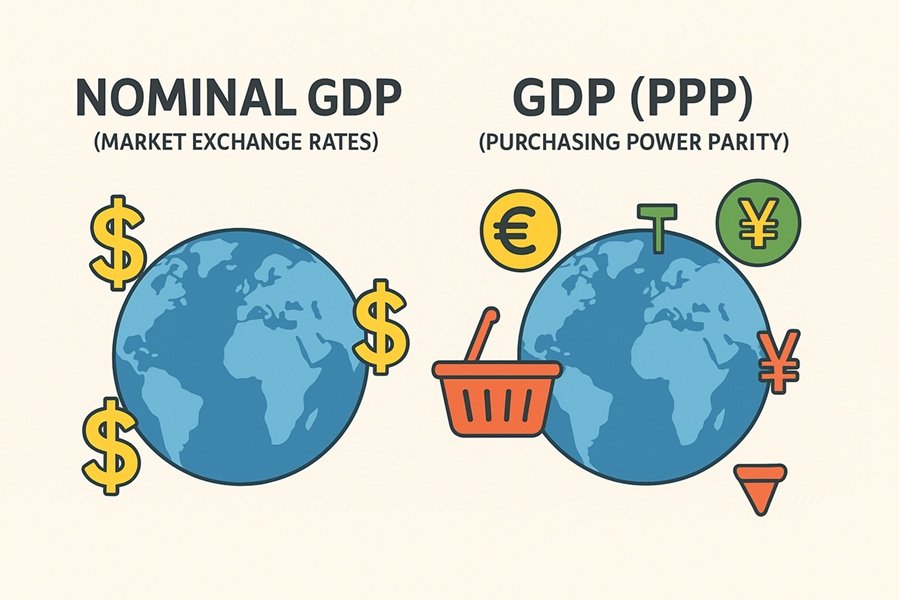
A Look Into the Origins of the Webcam and Its Evolution
The webcam, a now-ubiquitous device found in laptops, smartphones, and offices around the world, plays an essential role in how people communicate, collaborate, and share their lives in the digital age. But few know the quirky and unexpected story behind its invention. The webcam wasn’t originally created for security surveillance, online meetings, or livestreaming—but to solve a problem far more ordinary and humorous: monitoring a coffee pot.
The First Webcam: A Coffee Problem in Cambridge
The first true webcam was created in 1991 at the University of Cambridge’s Computer Laboratory in England. A group of researchers, including Dr. Quentin Stafford-Fraser and Paul Jardetzky (with further development by Daniel Gordon and others), were working on a networked computer system. Like many research departments, they had a communal coffee pot—but it was located in a room that wasn’t always within sight of everyone working in the lab.
The problem? Researchers would often walk to the coffee room only to find the pot empty, which was especially frustrating during long working hours.
To solve this, Stafford-Fraser connected a camera to a computer and pointed it at the coffee pot. The image was then streamed to other computers on the local network, allowing researchers to check if there was coffee available before making the trip. This feed was known as the “Trojan Room Coffee Pot Camera.”
Why It Mattered: Solving a Local Need with Global Implications
At first glance, this may seem trivial or even silly. But this solution highlighted a few profound ideas that would shape future internet technologies:
- Remote Monitoring: The webcam allowed people to check a real-world location from a distance in real-time.
- Networked Video Transmission: It was one of the earliest examples of real-time video transmitted over a computer network, setting the stage for things like video conferencing, security monitoring, and online broadcasting.
- Practical Use of Internet Infrastructure: It showed how digital cameras and computers could interface to solve practical problems, no matter how mundane.
When the camera was eventually connected to the Internet in 1993, it became the first webcam ever available to the public online. Thousands of users from around the world began checking the coffee pot daily. Ironically, what started as a productivity hack turned into a digital curiosity and milestone in the early days of the web.
Read This: Why Was Air Conditioning Invented?
Evolution Beyond the Coffee Pot
As internet speeds improved and digital imaging technologies advanced, the potential for webcams grew rapidly. By the late 1990s and early 2000s, webcams began appearing as consumer devices for video chat on platforms like AOL Instant Messenger, MSN Messenger, and eventually Skype.
Key moments in webcam evolution include:
- 1994: Connectix released the QuickCam, the first widely available commercial webcam.
- 2000s: Webcams integrated into laptops and became essential for personal communication and online content creation.
- 2010s–Present: HD and 4K webcams, facial recognition, livestreaming platforms (e.g., Twitch, YouTube Live), and remote work tools (e.g., Zoom, Teams) made webcams crucial to daily life.
Modern Uses: More Than Just Coffee
Today, webcams are used for:
- Video conferencing and remote work
- Online education and virtual classrooms
- Telemedicine
- Content creation (vlogging, streaming)
- Home security and baby monitoring
- Augmented reality and facial tracking
Ironically, the webcam’s humble beginning watching over a coffee pot anticipated nearly all these use cases. The core concept—seeing what’s happening somewhere else in real time—remains the same.
Conclusion: From Brew to Breakthrough
The webcam wasn’t invented in a high-tech lab with the grand vision of transforming global communication. It began as a clever fix for a minor annoyance among coffee-loving researchers. But like many great inventions, its importance became clear only after its adoption and expansion beyond its original purpose.
In that sense, the invention of the webcam is a perfect example of how necessity (even caffeinated necessity) truly is the mother of invention—and how a small solution can brew up a global impact.







